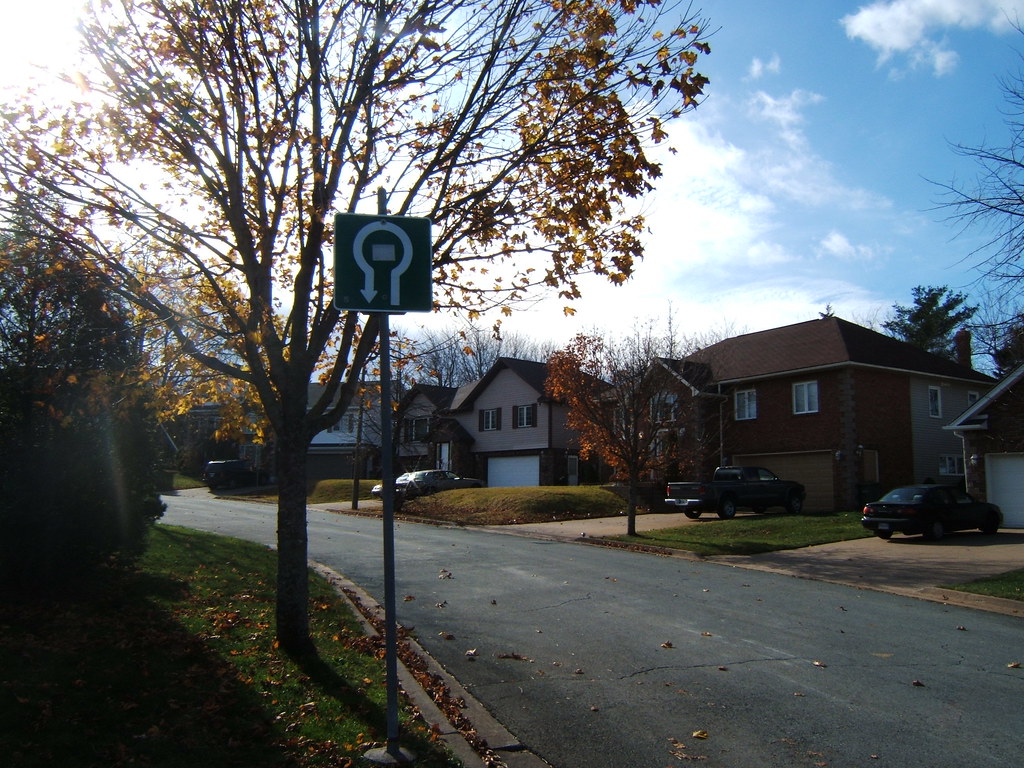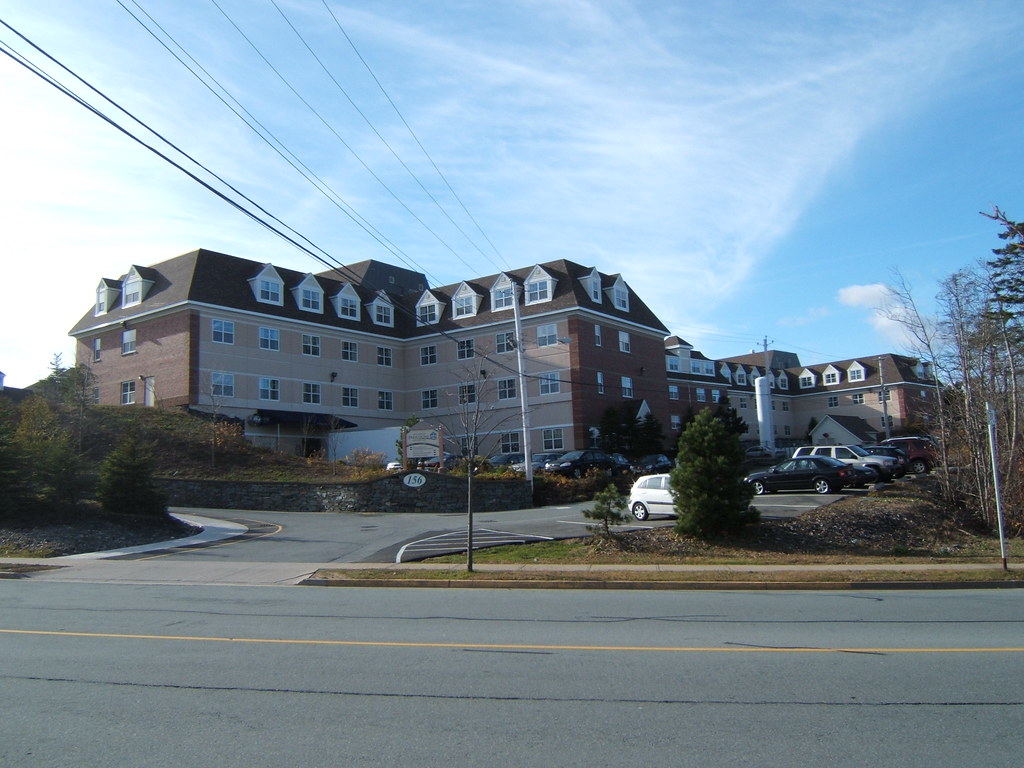
HALIFAX – Last Thursday, Tim Bousquet wrote a great article on the potentially damaging impact of the ‘tax reforms’ proposed by HRM’s Tax Reform Committee. The general thrust of the piece exposed how the tax reform plan essentially hopes to replace the traditionally progressive notion that the more your home is worth, the more you pay in taxes, to the more urban-friendly idea that property tax should be based on “the cost of the services actually received by the property owner.”
I like to think of myself as an urbanist — someone who believes that healthy and vibrant cities hold the key to a better future for us politically, socially, environmentally and culturally — so seen through this lens, making suburbanites pay for the strain they impose on civic infrastructure through sprawl, car-based transportation, etc. holds its appeal. I think to myself, maybe that’ll be the kick in the pants they need to finally leave their McMansions and move downtown?
But we no longer live in the 1970s. This is no longer the era of “white flight” where the suburbs are populated by middle and upper-class Caucasians fleeing the blight and increasing multiculturalism of urban centres. When we refer to ‘inner city’ struggles today, issues like gentrification, condoization, historic preservation and public space debates are generally what come to mind, not topics like violent crime, poverty and racialized ghettos — problems which peaked in the downtowns of cities decades ago and have since slowly receded into the background, often literally.
That’s not to say these sites don’t still exist. In fact, Halifax has a few notable examples of lingering ‘Inner City’ neighbourhoods that remain stigmatized and continue to suffer from past problems. Taking the Airporter shuttle into the city in November, we passed along Gottingen Street to make a stop at the Backpacker’s Hostel, an area which our driver sympathetically described to two tourists as “not a nice part of Halifax, but, you know, every city’s got one.”
Aside from a handful of spots, however, most of these traditionally troubled ‘inner city’ neighbourhoods have recently been relocated to dense housing projects in the suburbs due to rising property values in Halifax. This has led to a far more complex make-up of the suburbs than is generally assumed. As Busquet points out through a bit of great researching, suburban neighbourhoods like Kingswood, where the average home is worth half a million bucks, is only a short drive away from the far more modest community of Upper Hammonds Plains, where the average market value of a house is a little over $100,000.
This new picture of the suburbs as a place of economic disparity is troubling for many reasons. First, it means that, similar to how it was in the 70s, the appeal of owning a McMansion out in the ‘burbs is more affordable than ever for middle and high-income earners. But it also means that scenes of poverty which were formerly much more visible when they were downtown for all to see are becoming increasingly hidden as the city’s lowest income earners relocate to the fringes of the city — out of sight and out of mind.
Which is why the reforms proposed by the City’s new property tax plan, ostensibly championing ‘urban’ principles like fighting ‘suburban’ sprawl, are completely out of sync with the current realities of the suburbs. Instead of using tax reforms to create incentives for those suburbanites with the most flexibility — I’m talking about the ones with the most money living in the $500,000 houses — to sell their house and move downtown, the burden gets unloaded on those less well-off residents like in Upper Hammonds Plains for whom finding an appropriately priced place to live downtown is nowhere near as easy.
That’s what these supposed tax reforms will do, as Busquet shows. Kingswood home owners will have their property tax slashed from about $6,000 to around $3,300, while residents of Upper Hammonds Plains will be taxed far more than they did before, paying approximately $1,500 instead of the current $900 average. In other words, these taxes take us back to a 1970s definition of the suburbs as a lifestyle choice for the well off (since similarly priced houses in peninsular Halifax’s south end get pretty much the same tax break, so there’s no difference economically speaking), while those less well off who had to move to the suburbs not by choice but by necessity are forced back to the ‘inner city’ from which they supposedly came.

Then there’s the question of taxing apartments, “density bonuses” and other proposed reforms invoked in the name of encouraging “urban” living. Again, while all apartment buildlings get discounts on fees related to transit and public amenities, as Busquet’s research illustrates, apartment dwellers living outside the peninsula will generally have their taxes increased while those living in the more expensive condos on the peninsula won’t be nearly so badly affected, and might even have their rates reduced (see Busquet’s article for more info). So even for those people living in relatively ‘urban’ housing projects out in the suburbs — ones that are walkable, dense and transit friendly — they’ll be paying suburban rates as if they were the problem.
So how does a tax reform proposal largely based on urbanist principles go so wrong? It all boils down to the fact that the tax reforms are based on an understanding of ‘urban’ and ‘suburban’ that is completely out of touch with the realities of 21st century cities. Simple formulas that divide the city up into ‘suburban’ and ‘urban’ in terms of the cost of services, while maybe well-intentioned, are four decades out of date. They don’t take into account that for over a generation, people on lower incomes have had to move to the suburbs where the cost of services is high not always out of choice — like their neighbours in the four car garaged McMansions — but often out of necessity.
And as the apartment taxes show, not all suburban development is necessarily ‘suburban’ in the McMansion sense. Many of these dense housing projects are based on urban principles that need progressive programs like Toronto’s Tower Renewal Project and local studies charting what good already exists in order for them to become more healthy and vibrant communities, not higher taxes that see them as merely another kind of sprawl.
HRM is geographically the largest municipality in Canada, a fact that means these definitions of urban and suburban will have a big impact on the future shape of the city, making it all the more important these tax reforms get the terms right.

Council may vote on the tax reforms as early as tomorrow (Tuesday, December 15th) so let your local councillor know how you feel about the proposal by sending them an email or even calling them. Don’t know their contact info, or not sure which councillor is yours? Find out here.
photos by Sarah Corey

3 comments
Suburbs must be recognized for what they are, and the challenges they pose to the cities around which they orbit. Its the saddest thing to see, across North America, suburban strip malls and cul-de-sacs (all based on automotive transport) literally gutting the downtown areas of life. Furthermore, the “services” end of supplying transport and utilities to a “sprawl” is prohibitively cost-ineffective.
And yet the trend continues.
Regardless of the income of the folks living in suburbs, I believe the the debilitating cost of sprawl should factor in to the taxes in those areas. Perhaps they could do a system – like today – where increased tax assessments don’t effect current homeowners: it kicks in when someone new purchases the house.
The double-standard I am seeing is that on one hand you have the opposition to the Chebucto widening project, favoring bike lanes and all that, and on the other hand, suburban sprawl is allowed to continue unchecked! You can’t limit one without limiting the other: how would one expect all the suburbanites to get into their jobs from suburbs that barely have bus routes?
It seems to me that if we applied a “per service” methodology to all taxation, we’d have a pretty dumb tax system. Would we charge families for sending their kids to school? More children, more money? Would we be charged for going to the doctor?
If the incentive is really to discourage suburban sprawl, I’m sure there are more efficient ways than to reform the tax system. It is pretty transparent that this will favour the rich and harm the poor, and that’s why they’re scrambling to implement relief for the poor under this system, and something about a bit more money for really rich people (wait a minute, don’t we already have a system that is pretty fair?). But in the end this favours the majority of rich people, perhaps giving them incentive to buy suburban homes now that they don’t have to worry about high taxes, and harming the moderately poor people, forcing them into deeper poverty.
If we want to curb suburban sprawl, why not attempt to make the suburbs themselves more efficient? They have the houses and the roads, now all they need is a local economy, a more dense urban center within the neighbourhoods, shops close at hand so the residents can walk or bike to the store instead of drive. Stuff like that, instead of just making poor people pay more money. What are they going to do… abandon the suburbs because they can’t afford them anymore? That doesn’t seem like a sustainable approach to me…
This was a fantastic article! While reading it, more than a few times, I found myself saying ‘wow, I never thought of it that way.’ Very imformative and very helpful.
Being from Cape Breton, living in Toronto, and having land near Baddeck, I ended up thinking about all the different ways taxation could affect the places I live and have lived. Do I deserve a tax break to live in downtown TO? Not really… Do I deserve a tax increase for developing near Baddeck? Probably not…but the ‘in between’ (ie: suburbs) raise a ton of questions.
Look forward to the next piece on this topic….